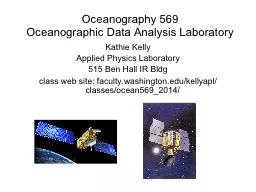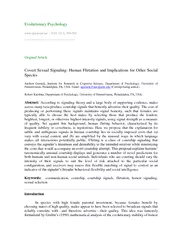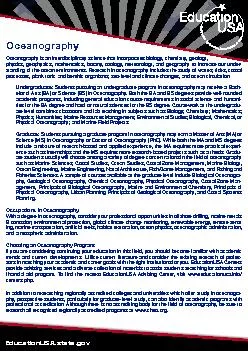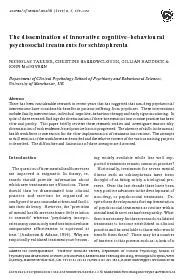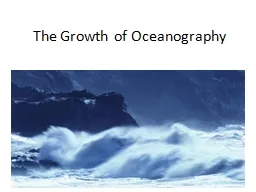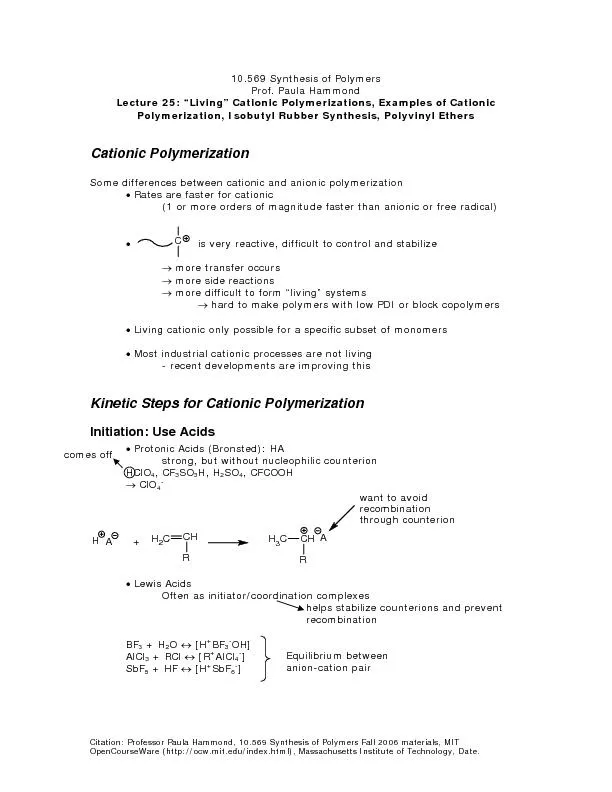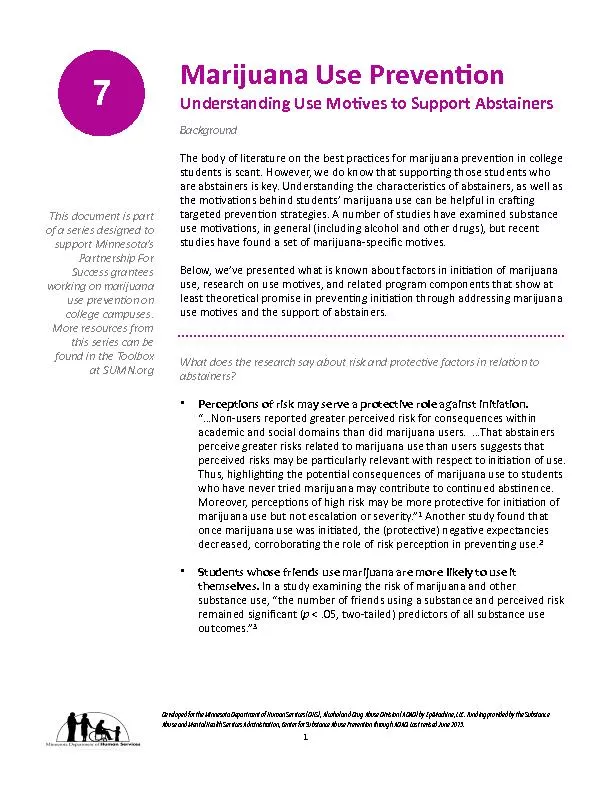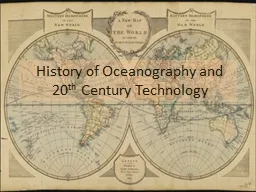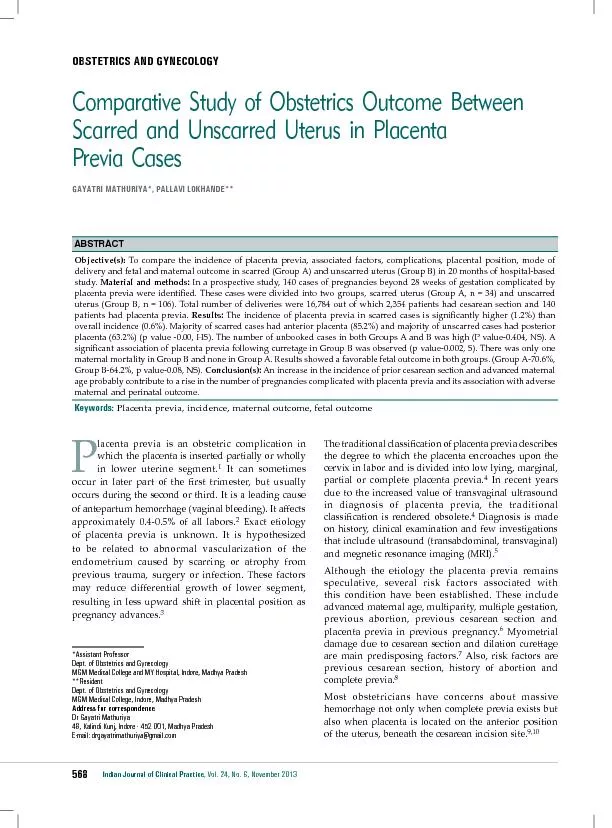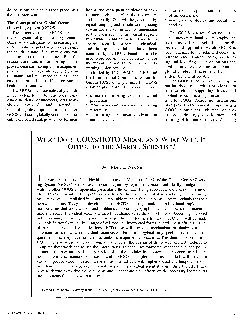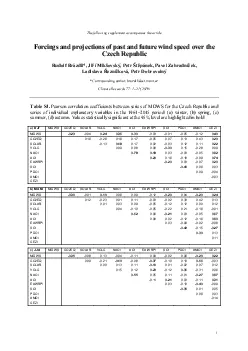PPT-Oceanography 569
Author : trish-goza | Published Date : 2016-03-03
Oceanographic Data Analysis Laboratory Kathie Kelly Applied Physics Laboratory 515 Ben Hall IR Bldg class web site facultywashingtonedukellyaplclassesocean5692014
Presentation Embed Code
Download Presentation
Download Presentation The PPT/PDF document "Oceanography 569" is the property of its rightful owner. Permission is granted to download and print the materials on this website for personal, non-commercial use only, and to display it on your personal computer provided you do not modify the materials and that you retain all copyright notices contained in the materials. By downloading content from our website, you accept the terms of this agreement.
Oceanography 569: Transcript
Download Rules Of Document
"Oceanography 569"The content belongs to its owner. You may download and print it for personal use, without modification, and keep all copyright notices. By downloading, you agree to these terms.
Related Documents

